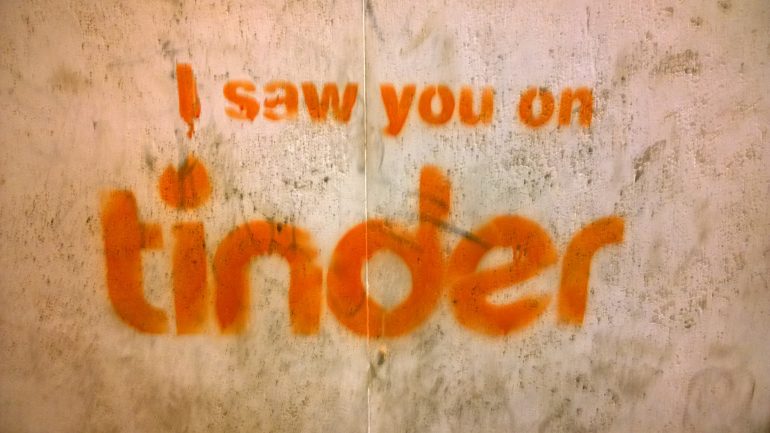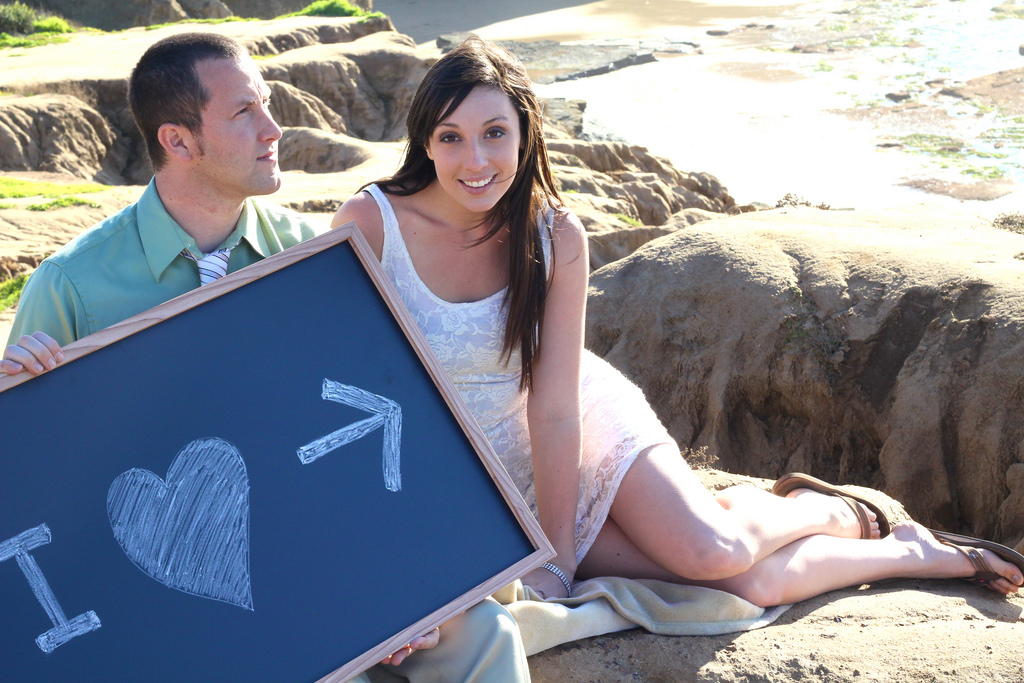Oh relationships. No pair or group meets under the exact same circumstance. A butterfly flaps its wings in Guatemala, someone’s front window hits it and they crash into a tree, that person’s offspring absconds from his flight to Vancouver, someone gains awesome rush tickets and lands at a bar where they meet Chad or Susy. Such is life.
Social Media: A New Staple of Socializing
The uniformity of connection, however, is changing. Friendship apps and platforms are prolific. The biggest example is probably Facebook and social media. More and more people are finding friends and dates through these platforms. Plenty of these services are also specializing in it. Just about every dating app uses Facebook and Instagram as planks for profiles.
Synergy aside, there are some critical differences between platforms like Facebook and OkCupid. Such differences are even more apparent with apps like Tinder.
These services encourage, if not aim, connections. We receive suggestions on who to friend, yes. Facebook, Instagram, these networks offer prompts. They showcase perspectives and invite connected accounts to comment. Typically this is scattershot and holistic. Just look at the average scroll. The stream-of-consciousness can be dizzying.
Social media expands social networks. However, it also entrenches them. 1.09 billion Facebook users login daily. They read names and see people that long ago would have faded from immediate memory. There is something to be said for stimulus. Much like salmon, there seems to be a ritualistic migration upstream…every…single…day. These names and pictures keep people coming back. There’s a fine line between nostalgia and behavior. Social media blurs it.
Direction and Intent

Each social media platform has its direction and intent. General socializing, professional networking, clipbook sharing, image sharing, etc. The list goes on and on. Dating is among the most obvious. OkCupid immediately springs to mind. The platform’s reputation for progressiveness is well earned.
All sites evolve. While statedly for romantic connections, OkCupid is more than that. Profiles can take staff and user-oriented tests and find profiles. Unlike eHarmony, not all of these are romantic. Maybe it’s the predominantly millennial usership. However, there is more wiggle room within the bounds of friendship. Regardless of this leeway, OkCupid still brands itself as a dating website.
Other dating apps and sites are similar. Tinder. Plenty of Fishes. Coffee and Bagels. All include suggestive prompts at the very least. Most also include other allures as well: featured profiles and promotions are typically a given.
Of course, other platforms include these prompts. Their presence, though, is more open-ended. The content and context can be anything. What is flirting, anyhow? The deciding factor of these conversations is the user account and its content.
Questions, Tests, and Scales
“Humans metrics are fascinating!” is the unofficial motto of dating sites like OkCupid and eHarmony. To their credit, it does add transparency to their operations. Questions themselves can also be a tell-tale sign of market appeal. Intent also must weigh in.
First and foremost, what are these tests? OkCupid differentiates between “compatibility questions” and tests created by the user and staff members. Sites like Ashley Madison and eHarmony lack this holism. Then again, their purposeful appeal attracts those with more select purposes in mind.
Many cheer services like Tinder and OKC for purported openendedness. Their brands have decidedly romantic notions, however. I mean, c’mon. One has a big heart and the other a flame.
Irl: The Lands of Nod
How social media translates to real life is individual. However, the narratives we spin online and real life can…conflict. It could be actual hobbies, lifestyles, or looks. Whatever the incongruence, the confrontation is twofold: personal and interpersonal.
It’s unfortunate that body-type is the most evident. Other untrue elements can become plain overtime. Whatever the hiccups, it’s funny that app direction should also influence how users, irl, should carry on. Perhaps it’s anticipation or intent. Dating can be lousy regardless of the circumstance. Does an online innately channel require more trust? Not really.
Online anything requires less trust. More skepticism, sure, but not necessarily distrust. Certainly not the necessary amount of trust to willingly indulge in conversation with a stranger. Online profiles offer information to prospective whoevers. It dodges the entire complication of meeting a disappointment right off the bat. If anything, such apps seem to underlie our culture’s growing demand for efficiency and expression. If we resultantly become less spontaneous is anyone’s guess.
Pics courtesy of Denis Bocquet and Benjamin Thomas via creative commons



